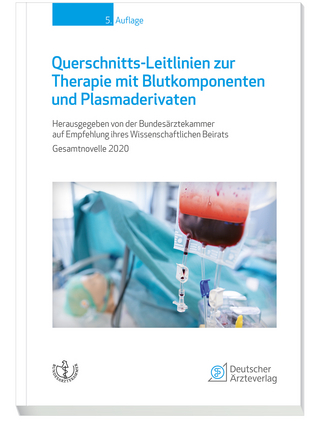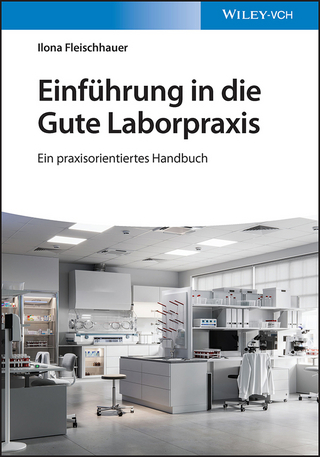
The Milk Enzyme: Adventures with the Human Lactase Polymorphism
TROPZAM (Verlag)
978-0-9560598-5-7 (ISBN)
- Keine Verlagsinformationen verfügbar
- Artikel merken
However, the raison d'etre for development of PL in a minority of H sapiens remains a subject of controversy, but in some way the milk from cattle and camels, following domestication, was probably the catalyst.All these and other relevant observations are succinctly recorded in this fascinating ongoing saga.
Professor Gordon Cook, DSc, MD, FRCP is a graduate of the University of London, who underwent medical training at the Royal Free Hospital School of Medicine. He became interested in the diseases and physical anthropology of indigenous populations throughout the world during a period of National Service in Nigeria. Following that, he held senior medical appointments in Uganda, Zambia, Saudia Arabia and Papua New Guinea (holding Chairs of Medicine in the universities of the latter three countries). His interest in the human lactase polymorphism began in the 1960s and he has since carried out clinical research in those countries in which he has worked.
PrefaceChapter 1 :The human lactase position before 1960.Chapter 2:Lactase status of Africans in Uganda.Chapter 3:The Ugandan results in retrospect.Chapter 4:Small intestinal lactase concentration in carnivorous mammals - excluding Homo sapiens.Chapter 5:Lactose absorption in adult Zambian Africans.Chapter 6:Lactase status of adults in Saudi Arabia.Chapter 7:The original geographical location of lactase persistence (PL) is in the Arabian peninsula.Chapter 8:Do adult Papua New Guineans have brush-border lactase in adult life?Chapter 9:Is there any evidence for an environmental stimulus for the persistent lactase (PL) gene(s)?Chapter 10:Origin(s) of Middle-Eastern populations.Chapter 11:History of milk consumption in the Arabian peninsula, Africa and Europe.Chapter 12:DNA analysis and present understanding of distribution of the persistent lactase (PL) genes.Chapter 13:What selective advantage did the PL gene confer?Chapter 14:Epilogue
| Erscheint lt. Verlag | 22.10.2015 |
|---|---|
| Zusatzinfo | 52 black & white illustrations, tables and maps |
| Verlagsort | St Albans |
| Sprache | englisch |
| Maße | 156 x 234 mm |
| Themenwelt | Medizin / Pharmazie ► Medizinische Fachgebiete ► Laboratoriumsmedizin |
| Naturwissenschaften ► Biologie ► Biochemie | |
| Sozialwissenschaften ► Ethnologie | |
| Sozialwissenschaften ► Soziologie | |
| ISBN-10 | 0-9560598-5-6 / 0956059856 |
| ISBN-13 | 978-0-9560598-5-7 / 9780956059857 |
| Zustand | Neuware |
| Haben Sie eine Frage zum Produkt? |
aus dem Bereich


